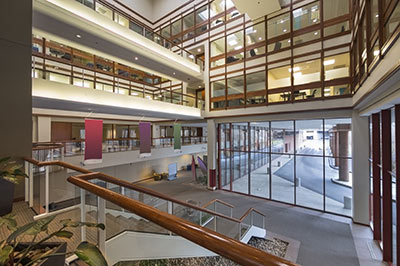Coalition for Healthier Schools, 2016.
Healthy schools help children grow and learn. But providing children with healthy places to learn is too often an afterthought—or not thought of at all. School facilities have been neglected for decades. Towards Healthy Schools: Reducing Risks to Children is the fourth in a series of triennial state of the states’ reports
from Healthy Schools Network and its partners in the Coalition for Healthier Schools, dating from 2006. Previous reports assessed state-by-state environmental health hazards at schools, offered compelling personal narratives from parents and teachers, and provided data needed to assess the subsequent impact on children’s health. The last report, Towards Healthy Schools 2015, went deeper into specific issues such as asthma, and fracking and well water, while also using federal poverty statistics—e.g., the number of children in a school eligible for free or reduced-price meals—as a proxy for poverty and to highlight essential inequities and injustices. It also highlighted how greener, cleaner, healthier schools promote attendance and achievement. Yet, no state publishes information regarding children at risk due to school and/or child care center environmental hazards. To drive home the national scope of the hidden environmental health crisis faced by children, this new report features published media reports on environmental conditions from every state in the nation. From Alabama, where Bay Minette parents threatened to keep their children home to avoid exposing them to asbestos, to Wyoming, where grass fires endangered students at South High, it is a disturbing summary, highlighting the fact that across the country teachers, parents, and guardians, and the children themselves, face numerous and serious unexamined and unaddressed risks to health and learning which are rarely acknowledged by public agencies.











